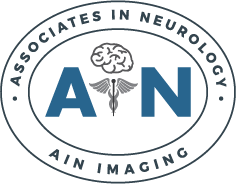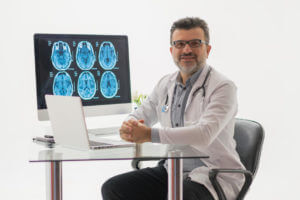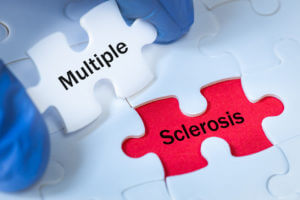Cerebral palsy (CP) is a neurological disorder affecting movement and muscle tone. According to studies, it is caused by injury to the brain before, during, or after birth. The symptoms show in infancy or early school years. While there is no cure for the condition, there are effective treatments and strategies that can help in managing
Read MoreBlog
How to Find the Best Multiple Sclerosis Treatment Near You
Multiple sclerosis (MS) is a chronic autoimmune disease that affects the central nervous system, including the brain and spinal cord. The immune system mistakenly attacks the protective myelin sheath that covers nerve fibers, leading to inflammation and scarring (sclerosis) throughout the central nervous system. Sclerosis disrupts the transmission of nerve signals between the brain and
Read MoreWhen to Seek Medical Help for Severe Headaches: Warning Signs and Red Flags for Immediate Attention
Headaches, a common ailment affecting individuals across various age groups, can range from mild discomfort to severe pain that disrupts daily activities. Headaches are often benign and treatable with over-the-counter medication. However, certain warning signs necessitate immediate medical attention. Recognizing these warning signs is crucial for timely intervention, potentially averting serious health complications. This article
Read MoreUnderstanding Acute Dystonia: When to Seek Treatment
Dystonia is a neurological disorder resulting in involuntary muscle contractions, leading to repetitive movements or abnormal postures. When occurs as an “episode,” it is known as acute dystonia. This condition can affect various body parts, such as the neck, face, and limbs. It requires immediate attention for effective management. In order to get the best
Read MoreUnderstanding Seizures: Types, Causes and Symptoms
A seizure is a telltale symptom of an underlying neurological condition. While most people believe seizures and epilepsy are one and the same, the truth is that seizures are not always caused by epilepsy. In fact, there are various types of seizures. Each one can have a different cause and a different seizure treatment plan.
Read MoreThe Role of a Neurologist in MS Care: Finding Specialized Providers in Your Area
A diagnosis of multiple sclerosis can be concerning, even scary. However, with the right mental attitude, support from family and friends, and compassionate medical treatment with an experienced neurologist, you can live well with multiple sclerosis. In this blog, we will look at the signs and symptoms of this autoimmune disorder and where you can
Read MoreUnderstanding The Different Types of Multiple Sclerosis
Multiple sclerosis, or MS, is a neurological disorder which affects about one million adults in the United States. The many and varied symptoms of this chronic condition develop as the person’s own immune system attacks the protective myelin sheaths which cover the body’s nerves. Keep reading to learn more about MS and the different types
Read MoreLiving Your Best Life with MS: Essential Management Tips
Multiple sclerosis is a chronic, unpredictable disease of the brain and central nervous system. It affects about one million people in the United States alone. MS can significantly impact an individual’s physical and mental well-being, making effectively managing MS symptoms absolutely essential to having a complete and fulfilling life. How can you live your best
Read MoreThe Role of Aquatic Therapy in Cerebral Palsy: Benefits and Considerations
Cerebral palsy (CP) is a neurological disorder that affects movement and posture. Among other symptoms, people with CP may experience muscle stiffness, weakness, and coordination problems. There is no cure for this disability, but some treatments and therapies can improve the quality of life of people with CP. One such therapy is aquatic therapy, which
Read MoreThe Role of Occupational Therapy in Managing Parkinson’s Symptoms
Parkinson’s disease is a degenerative disorder of the nervous system that affects movement. It is a condition that progressively worsens over time, making it challenging for individuals to perform basic tasks such as brushing their teeth, getting dressed, and even standing up. While there is currently no cure for Parkinson’s disease, there are several ways
Read More











